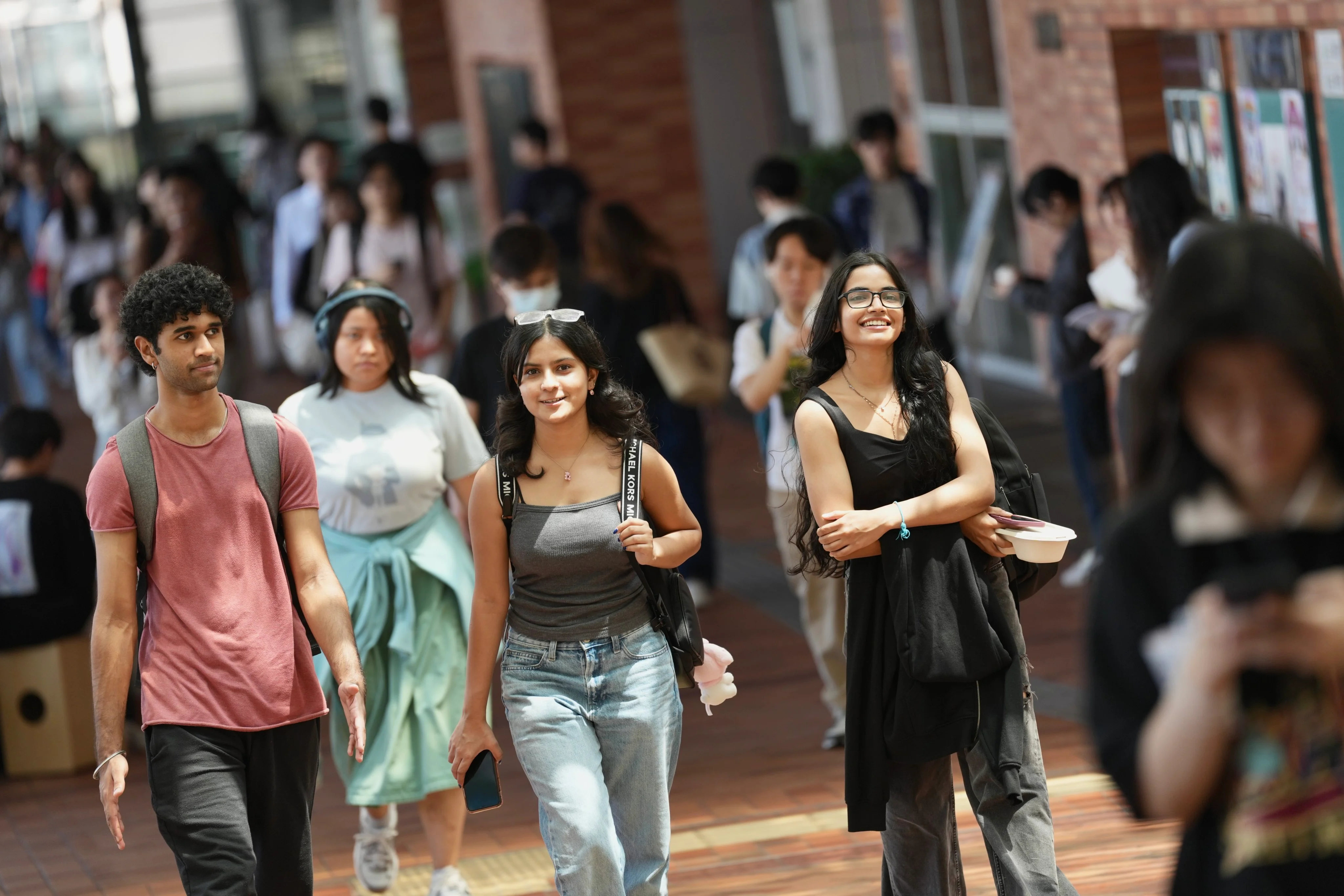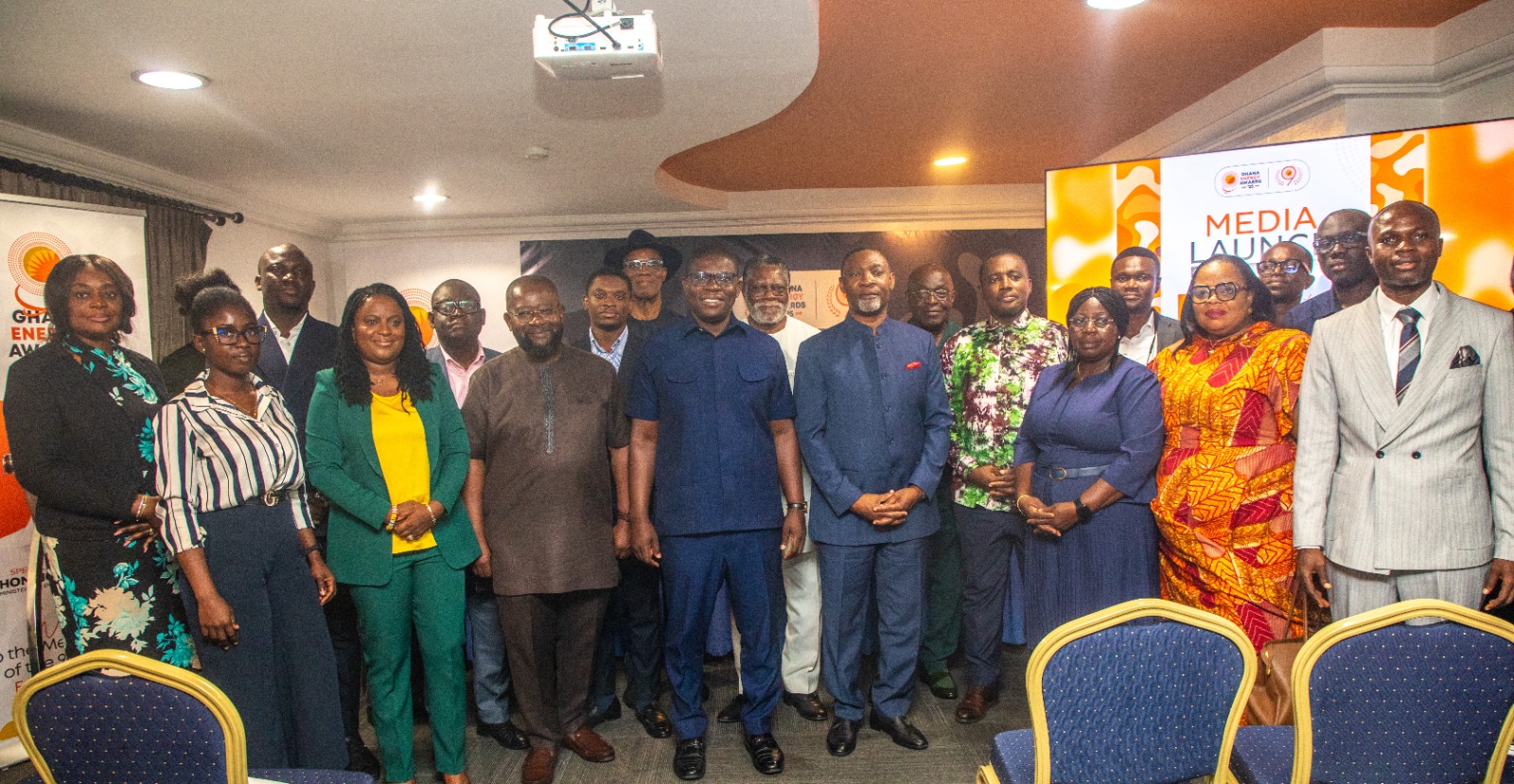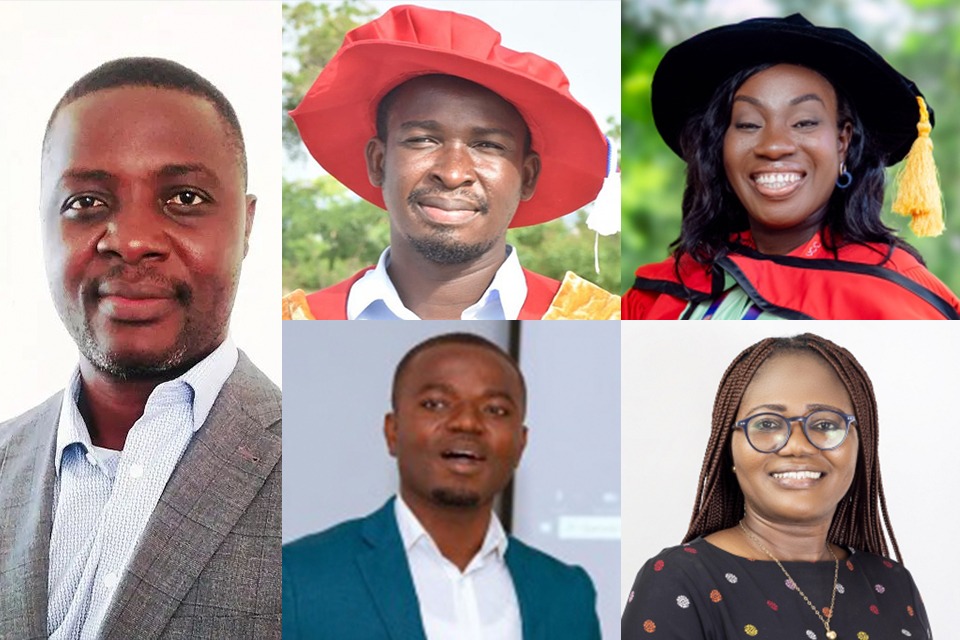By William Yiu
Copyright scmp

Hong Kong will launch a trial scheme allowing semi-private schools to apply for expanded enrolment of overseas students in a bid to open the city’s primary and secondary education market.
The government will also increase the enrolment ceiling for self-financing non-local students at public universities from 40 to 50 per cent of its local undergraduate places in the next school year. Under the change, the quota for non-local students could climb to 37,000, an increase of 7,000 from the current level.
Chief Executive John Lee Ka-chiu announced in his policy address on Wednesday that the Education Bureau would launch a trial scheme to allow schools under the Direct Subsidy Scheme (DSS) to seek an increase in the number and size of classes, expanding their intake of non-local pupils on student visas studying in a self-financing mode.
Under the city’s immigration policy, students from mainland China, Taiwan, Afghanistan, Cuba, Laos, North Korea, Nepal and Vietnam are not eligible to apply for student visas.
A government source said the move aimed to let DSS schools expand their non-local student enrolment, as these pupils with student visas could choose from DSS, private and international schools.
“It is the first step to open up our basic education as Hong Kong wants to build itself as an international education hub,” the insider said, while adding that government and aided schools should only cater to locals.
The source said the government would assess whether the schools had sufficient capacity such as classrooms and manpower, to accommodate the expansion.
The Immigration Department granted 736 student visas in 2024, an increase of nearly 40 per cent from 2023, although no breakdown of nationalities is provided.
Asked why the government was taking the step as the number was not high, the source said the move aimed to test the reception of the market to see how many overseas students were interested in the local education system.
There are 78 DSS institutions in Hong Kong, including 57 secondary and 21 primary schools, with nine of them covering primary and secondary grades.
DSS schools are allowed to have greater flexibility in curriculum design and student admission, and they can also offer non-local curricula such as the International General Certificate of Secondary Education, International Advanced Levels or International Baccalaureate. Besides government subsidies, DSS schools can collect school fees.
Non-local students are not eligible for DSS subsidy.
Dion Chen,chairman of the Hong Kong Direct Subsidy Scheme Schools Council, said the sector welcomed the initiative. He revealed about 200 pupils on student visas were studying in DSS schools, mainly secondary grades, and came from Europe, the United States and Southeast Asian countries.
“I expect schools enrolling non-Chinese students would be interested in expanding their enrolment … most of those coming to Hong Kong are aiming for the city’s universities or overseas institutions and would like to be familiar with the situation in Hong Kong,” he said.
The Hong Kong Subsidised Secondary Schools Council welcomed the move to open up the basic education system and hoped the government could also explore letting aided schools contribute to building the city into an international education hub, according to chairwoman Lee Yi-Ying.
Lee also said in his address the government would intensify efforts to promote international recognition of the city’s university entrance exam, the Diploma of Secondary Education, which is already recognised by 1,100 higher education institutions worldwide.
The government would explore the possibility of developing an international version of the DSE, an insider said but added no details could be given at the moment.
The government will also raise the enrolment ceiling of non-local students studying in undergraduate programmes to 50 per cent from 40 per cent of the local students, starting from next school year.
In 2024-25, the figure for non-local students studying undergraduate programmes stood at about 17,000, or 23 per cent, with two universities exceeding 30 per cent.
The ceiling for self-financing places of funded research postgraduate programmes for non-locals will be increased from 100 per cent to 120 per cent in the next school year, rising from 7,200 places this school year to 8,620 places.



